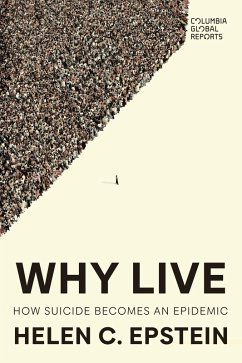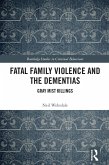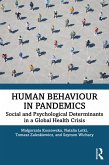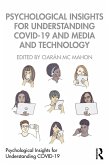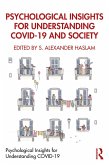A search for the meaning behind suicide epidemics
When the suicide rate of a particular group jumps by as much as fourfold or more in a short time, they are categorized as suicide epidemics. Suicides aren't more common where people are poorer, in wars, or have recently experienced environmental disasters; nor were they higher during the COVID-19 pandemic. On the other hand, the suicide rate tripled among middle-aged Russians after the collapse of the Soviet Union, and quintupled in white middle-aged working-class Americans in the 1970s. What is causing suicide epidemics?
In Why Live, public health researcher Helen C. Epstein travels to the remote Canadian territory of Nanavut, the region with the highest suicide rate in the world; a post-USSR Russia, where people struggle to adapt to a more capitalist society; and Micronesia, home to one of the most dramatic and sustained suicide epidemics ever identified. Consistently, she finds a sudden loss of social cohesion to be the instigating factor. When a culture based on mutual aid and community gives way to a world focused on market transactions and individualism, people start to question their most intimate attachments and their place in a changing society, leaving them to ask themselves: why live?
When the suicide rate of a particular group jumps by as much as fourfold or more in a short time, they are categorized as suicide epidemics. Suicides aren't more common where people are poorer, in wars, or have recently experienced environmental disasters; nor were they higher during the COVID-19 pandemic. On the other hand, the suicide rate tripled among middle-aged Russians after the collapse of the Soviet Union, and quintupled in white middle-aged working-class Americans in the 1970s. What is causing suicide epidemics?
In Why Live, public health researcher Helen C. Epstein travels to the remote Canadian territory of Nanavut, the region with the highest suicide rate in the world; a post-USSR Russia, where people struggle to adapt to a more capitalist society; and Micronesia, home to one of the most dramatic and sustained suicide epidemics ever identified. Consistently, she finds a sudden loss of social cohesion to be the instigating factor. When a culture based on mutual aid and community gives way to a world focused on market transactions and individualism, people start to question their most intimate attachments and their place in a changing society, leaving them to ask themselves: why live?
Dieser Download kann aus rechtlichen Gründen nur mit Rechnungsadresse in A, D ausgeliefert werden.

